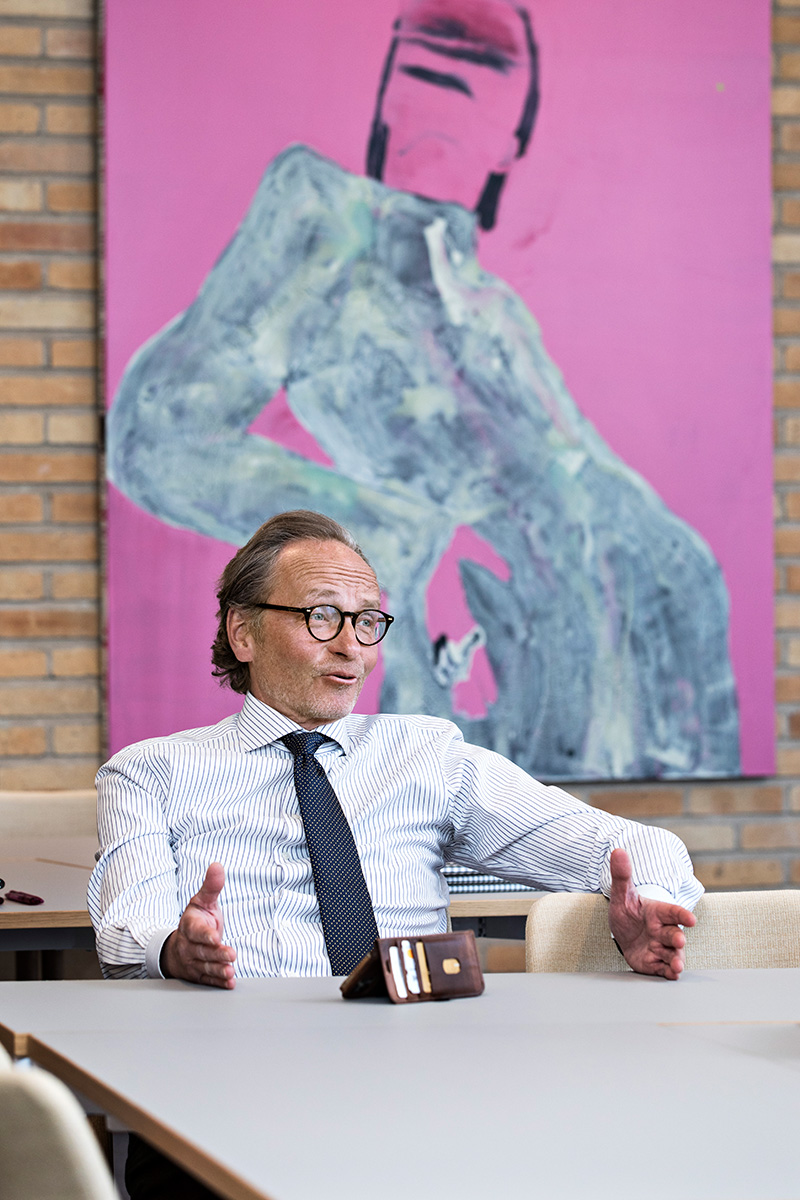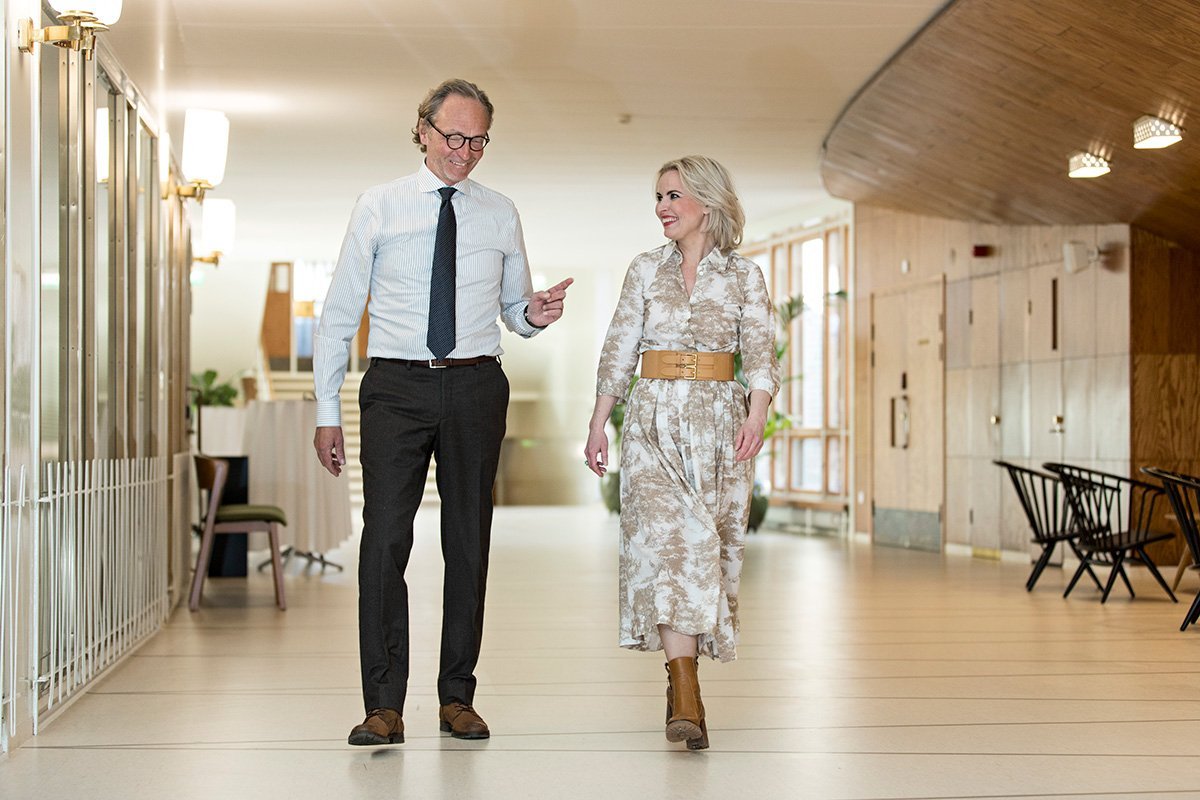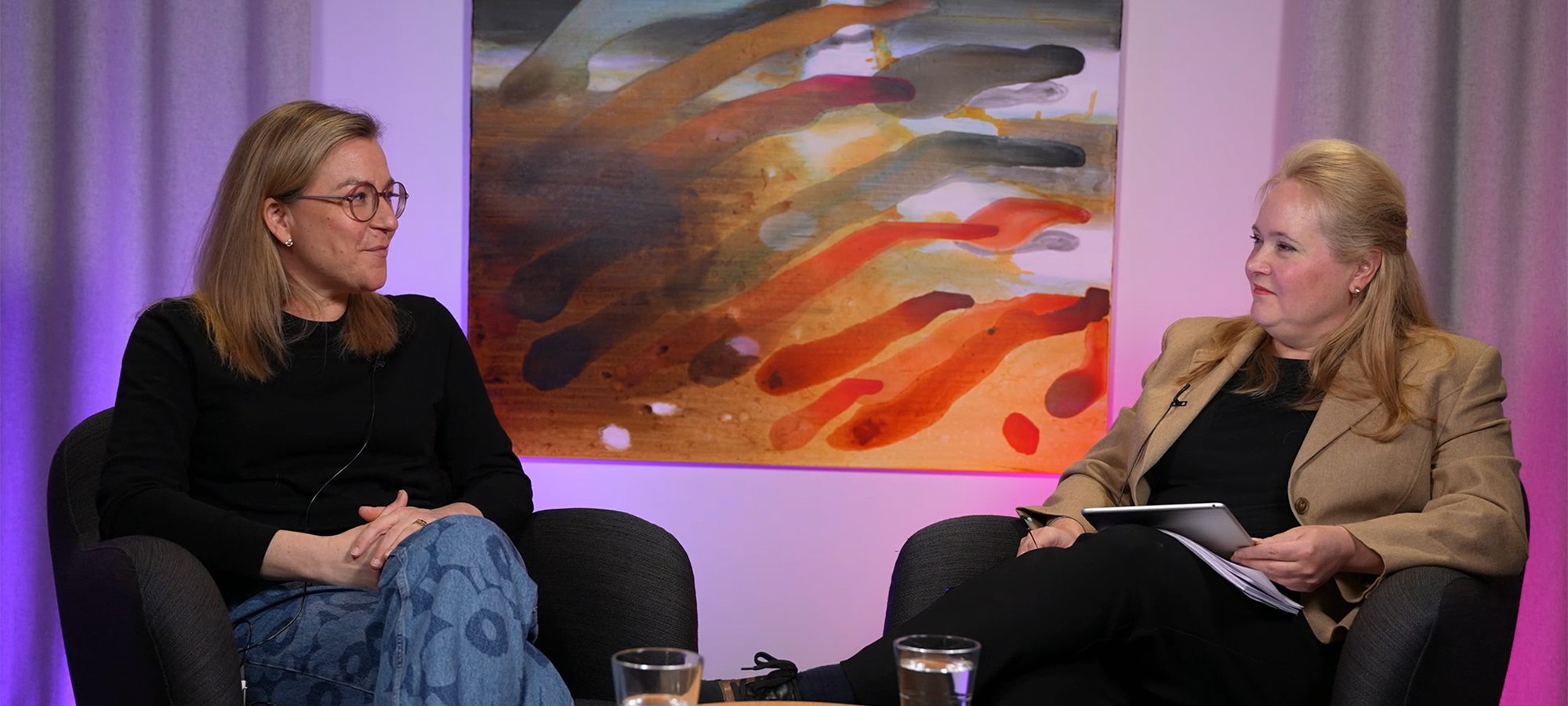Amidst growing volatility, uncertainty, complexity, and ambiguity, cultural organizations are feeling increasing pressure to strengthen their position and impact and redefine how they serve the society and create value. This calls not only for new operating models but also for the ability to look outwards and the willingness to transcend boundaries that no longer serve their purpose.
Or, as board professional and business manager Karri Kaitue puts it, cultural organizations need to combine their true sense of purpose with business discipline. Only then can they make a difference and deliver extraordinary results. This is also what Aalto EE's Business of Culture program, an executive program for leaders from the Arts and Culture sector in the Nordic and Baltic regions, aims to tackle.
But how do you apply business practices and principles to non-profit endeavors? Isn't that against everything that a cultural organization stands for?
Cultural organizations have been able to forego creating models or structures that would facilitate making most of the resources made available to them."
Not exactly, says Nana Salin, Associate Director of Alternative Funding at Aalto EE, who has extensive experience in the management and development of funding, partnerships, and public relations in the academic and cultural sectors.
"It's true that in some ways, cultural organizations are more like charitable organizations, that is, they operate mainly on public funding. In the big picture, however, this is relatively new. In the Nordics, culture has been publicly funded only since the 1970s."
While there's a lot to admire about the principle that culture belongs to everyone, it has meant that cultural organizations have been able to forego creating models or structures that would facilitate making most of the resources – whether human or financial – made available to them.
Double-edged sword
To talk about how public funding could be used in a more effective and dynamic way is a double-edged sword, says Nana Salin. Namely, it fails to distinguish between artistic integrity and leading a cultural organization.
"What we should talk about instead is how to use the resources that are available to create more impact in the society and to better serve the public that the funder expects us to serve. This is why the Business of Culture program puts so much emphasis on multidisciplinary collaboration: we need to boost our understanding of what others think and how they operate, and to learn from each other."
 |
| In cultural organizations, the belief to one's mission is on a level I have rarely seen in the business world, says Karri Kaitue. Photo: Olli-Pekka Orpo |
Karri Kaitue concurs with Salin but points out that drawing such distinct boundaries between culture and business is an antiquated way of looking at the issue. He sees more similarities than differences between the two sectors.
"The dissimilarities have more to do with arithmetics. Setting a numeric return on investment target for a cultural organization is not realistic, and may, when carried to extremes, lead to compromising the purpose of the organization. The value chain, however, is identical. Establishing a business model for a cultural organization means first securing resources – that is, personnel, skills, knowledge, and materials – and then turning these resources into something you offer to your customers, whether it's a product, service, or experience."
For a puritan, this may sound outrageous, Kaitue admits.
"When we talk about the intrinsic value of art, the discussion tends to escalate quickly. My advice is to let go of the old. I don't believe in going against each other," he says.
Two-way street
The Business of Culture program is designed to enrich and develop the participants’ understanding of how effective leadership, business acumen, networking, and collaboration can transform their organizations. The first step needed to guarantee positive results under changed circumstances is adopting a fresh approach to management and leadership. In other words, the mindset has to change.
"The image of the artist as a miserable victim of circumstances is passé. The corruptive effect of capitalism is a somewhat tired axiom in art," Kaitue says.
The image of the artist as a miserable victim of circumstances is passé."
Nevertheless, the entire art field is not cast in the same mold, not even in the Nordics. There are those organizations that are pioneers and those that lag behind when it comes to adopting commercial practices. The biggest gap is between the different disciplines.
"Performing arts organizations have a long history of selling tickets, and the music industry has mastered product sales. The visual arts sector, on the other hand, is trailing behind in some respects," Salin explains.
 |
| According to Nana Salin, one key challenge is the lack of interaction between the different disciplines and organizations in the art world. The Business of Culture program brings them together, which has already proved a great benefit. Photo: Olli-Pekka Orpo |
This has led to a debate on, for example, whether 'operating model' should be used instead of 'business model' in the context of arts and culture.
"I see this as a two-way street. Businesses have a great deal to learn from the arts and culture sector, too. Take, for example, program planning in large cultural institutions, such as theaters or opera houses: they have to look at product development and resource allocation on a three-to-five-year perspective at least. Another example is inventory management in big museums and galleries and how it impacts the balance sheet. That's a helluva job and a good lesson for business executives on how to arrange working capital," Kaitue says.
The third takeaway for businesses from the cultural sector is the rise in the importance of creativity. Slush, the world's leading startup and tech event, or the startup scene in general would not have happened were it not for creativity.
Last but not least, Kaitue mentions the degree of commitment and enthusiasm that people working in the arts convey.
"In cultural organizations, the belief to one's mission is on a level I have rarely seen in the business world."
Power of networks
What is it then that cultural organizations need to learn from the business side to stay afloat amidst the storm?
The Business of Culture program covers topics such as leading self, leading others, and leading change, cultural economics and valuation, redefining and innovating operating models for more sustainable organizations and adding value by strengthening strategic relations.
"In my view, business process management is completely generic," says Kaitue.
"First, you set strategic objectives and establish a system for monitoring them. Then you set new objectives based on the results, and on it goes. Granted, in the arts world there may be ambiguity in how to measure performance, but there's still no reason to overlook strategic planning."
When it comes to strategic relations and the power of networks and multidisciplinary collaboration, Kaitue calls for real strategic alliances to replace traditional sponsorship deals.
In the future, I hope to see business and culture organizations sharing a common value base that serves them both."
"In the future, I hope to see business and culture organizations sharing a common value base that serves them both. To give an example, a cultural organization carries certain values, such as zero tolerance to #metoo issues, corporate social responsibility, no child labor, recyclable materials in stage sets, adherency to diversity and inclusion principles, and celebrating the power of innovation. Quite a few firms these days would willingly subscribe to these values."
Even so, finding the right partners and alliances is no easy feat, and this is where cultural organizations might as well look into the mirror, says Nana Salin.
"In this day and age, businesses strive to create value for their customers by finding ways to operate in a more responsible manner. Just like Karri said, cultural organizations have always presented themselves as responsible partners, providing businesses a safe and convenient frame of reference. Yet even the biggest players in the art field still approach businesses mainly with offers of free tickets or facilities for throwing a cocktail party for stakeholders. Businesses, on the other hand, are looking for much deeper and more innovative collaboration."
No silver bullet
There's no silver bullet for the arts and culture sector to transform and reform. It's a journey, or a process. It should also be noted that the purpose is not to turn cultural organizations into lean, mean dividend machines, Karri Kaitue emphasizes.
"The purpose is to help them implement their own vision and strategy in an efficient and sustainable way, and the Business of Culture program is a small step in that direction."
One key challenge along the way, says Salin, is the lack of interaction between the different disciplines and organizations in the art world. The program brings them together, which has already proved a great benefit.
The participants have gained new perspective and defined best practices in the art field. I think this is one example of how a strategic alliance can provide shared value."
"The participants have gained new perspective and defined best practices in the art field. I think this is one example of how a strategic alliance can provide shared value. But it's not enough to find shared value within the art bubble alone. We have to burst that bubble, as well as the bubble in which the business sector operates, establish new connections, and build bridges so that the journey can continue."
Salin is an avid advocate of interdisciplinary collaboration. She believes it not only boosts innovation but also helps identify skills and competencies and, consequently, create both added and shared value. The pace of change is now so high that we must keep our feelers up and face all directions at once.
"If we look at the business world, there's definitely been a step change. I don't think that a Slush-type event would have created quite the same level of hype among forest and manufacturing industry veterans in the 1970s. Fast forward to the present, and no self-respecting executive passes on the opportunity to visit Slush, because she believes that the innovation ecosystem may be of use to the shareholders, but even more so, because it's important for herself to be aware of what's going on in the world. A similar coming together has not yet manifested between the business and the cultural sectors, but I believe we're right at the threshold," says Kaitue.
Aalto EE's Business of Culture program is an executive program for leaders from the Arts and Culture sector in the Nordic and Baltic regions. The program is designed to enrich and develop participants’ understanding of how effective leadership, business acumen, networking, and collaboration can transform their organizations. Read more





















